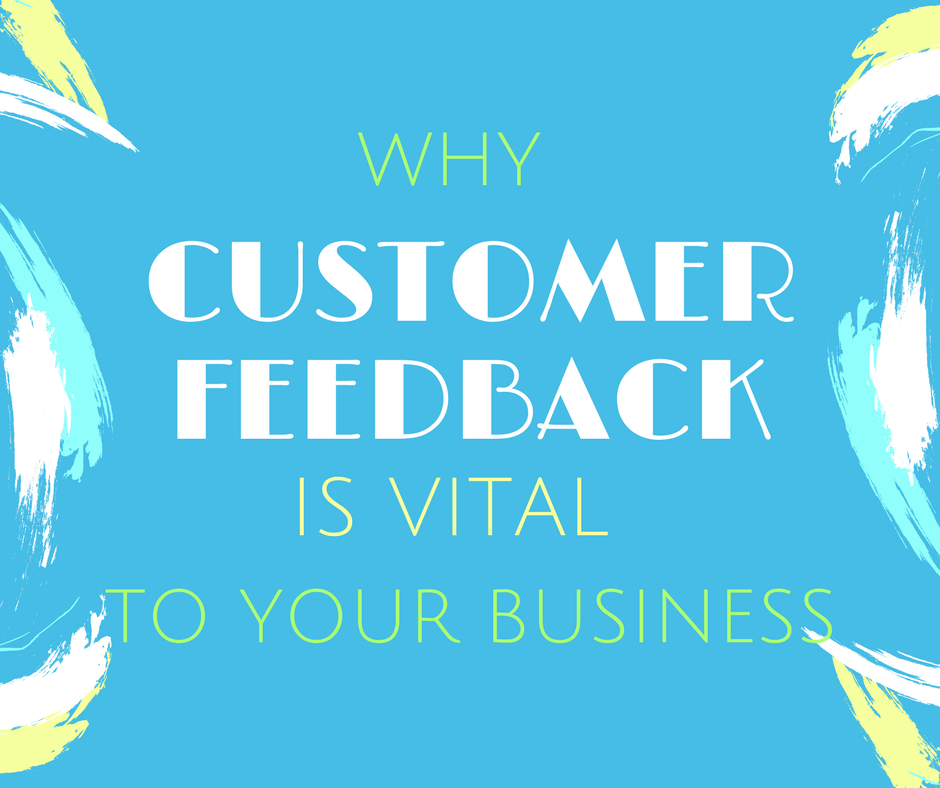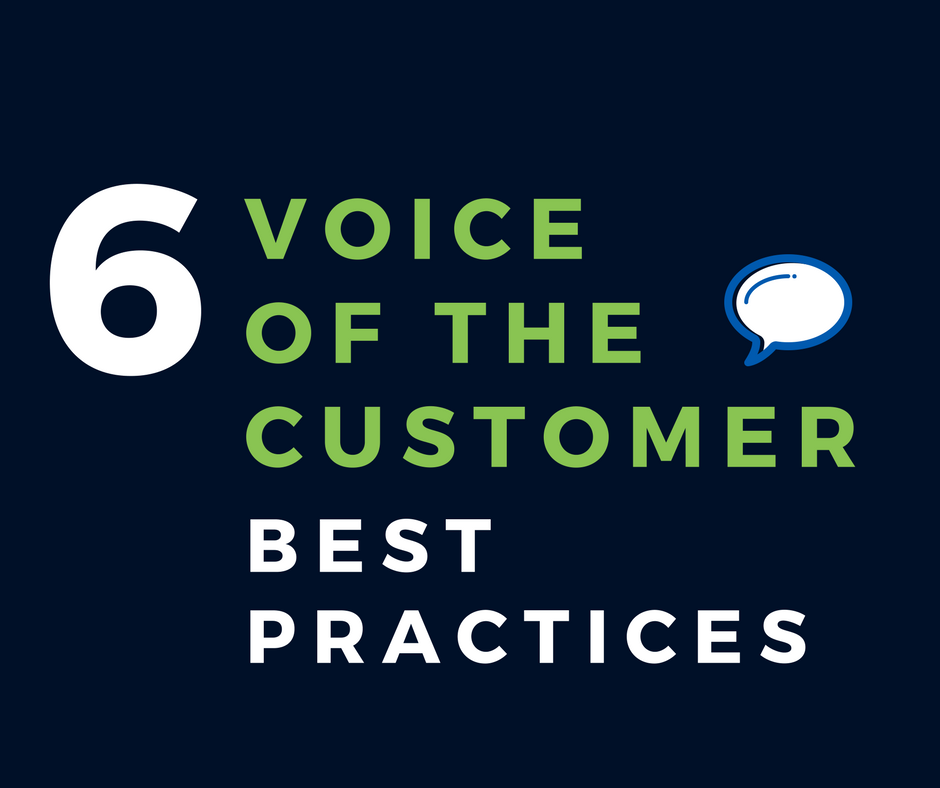Why Customer Feedback is Vital to Your Business
Everyone can remember a time they’ve either hung up the phone or left a store unhappy after having a bad interaction with a sales associate. That...

Data analysis is incredible. The way customer experience platforms can take data such as survey responses, online review data, mystery shopping results, and financial data, and rapidly turn it all into digestible, actionable charts and graphs seems like magic.
When a dashboard clearly shows you where you've declined in customer service, operational performance, or sales, it’s easier to start identifying where attention should be focused. Similarly, you can observe the spikes and try to reproduce your successes.
But when limiting your data analysis to quantitative data, you might be missing out on key insights about your customer experience. Today, there are so many tools available to help you analyze unstructured data, that collecting qualitative customer feedback is now a simple, standard component of voice of the customer programs.
Quantitative data isn't the only kind of data out there, and it isn't always the most useful when used on its own. Knowing that 80 percent of your customers prefer X over Y might help you decide that X is the better choice for your business. However, it would be more useful to know that these same customers would prefer a different alternative - Z - altogether.
Knowing that 75 percent of your customers are dissatisfied with a product or service doesn't tell you the WHY.
You might have some ideas of your own, but figuring out the why is most effective when collecting qualitative customer feedback.
A few of the best ways to acquire qualitative data are through open-ended questions on customer surveys, and by collecting unsolicited customer feedback on social media and online review sites.
Start by developing a customer survey that focuses on the key questions you want answered. It's important to ensure your survey isn’t too long and that you send it at the right time to boost response rates and get the most accurate data. Include quantitative questions such as multiple choice or scaled questions, and include an open-ended question to collect qualitative feedback.
Open-ended questions might include things like:
With the right survey software, you can also choose to use skip logic to show different open-ended questions depending on the customer’s response to a previous question.
For example, you might have a Net Promoter Score (NPS) question on your survey that asks "how likely are you to recommend our business to a friend or colleague?” if the customer responds as a dectracter (0-6), you can use skip logic to then have a follow up question appear that asks why the customer is unlikely to recommend your business. Similarly, you can do this for when a customer responds as a promoter (9-10).
With tools like text analytics, this open-ended, qualitative question can yield some really informative data on why the customer feels this way, and what you must do as a business to improve.
Nowadays, you don’t have to just ask your customers for feedback. With social media and online review sites, customers are constantly providing tons of qualitative feedback that provides valuable insights you might not be able to gather using customer surveys.
When analyzed effectively, this unsolicited feedback can be used to make targeted improvements to your customer experience.
To collect and analyze customer feedback from social media and online review sites, you should be able to use the same software you’re using for your surveys. Customer experience management platforms provide the ability to create and distribute surveys to collect customer feedback and to pull in social media and online review data. Just like with your open-ended survey data, your platform should have reporting and dashboards that use text analytics and sentiment analysis to quickly mine all of that unstructured text and transform it into trends and insights.
Using natural language processing (NLP), text analytics rapidly mine your unstructured text, audio, or video customer feedback and identify sentiment and emotion and common themes/words. Data is displayed using word clouds, that help you visualize and better synthesize your qualitative data using color to identify sentiment, and size to identify frequency.
Your customer experience platform should then allow you to click on the different words, and drill down to find specific customer records (whether it be a survey response or online review) to learn more about the trend. When your surveys are targeted to ask questions about specific parts of the customer journey, text analytics and word clouds will help you identify the trends that are occuring at that particular touchpoint, making it easier to action your data and make improvements.
You can also augment the quantitative data with sentiment scores for better defining the moments of truth in a customer journey map. Track the sentiment scores by journey touch point, alongside the most important CX metrics such as CSAT, NPS, CES and customer churn. Find out what makes customer experience great by focusing on the extreme positive sentiment scores. Then, target the customers with extreme negative sentiment scores to improve their experience.
Combining both quantitative and qualitative customer feedback into your voice of the customer program can help you gain deeper insights about your customer experience. Qualitative data helps you learn why customers feel the way they do, and makes it easy to identify where you are doing well and where you need to focus on making improvements.
Moments that Matter: Creating Actionable Customer Journey Maps
Learn how to create journey maps that drive action within your organization, and how anyone can get started by focusing on the key moments that matter.
With special guest, Jim Tincher.
Watch the on demand webinar here.

Everyone can remember a time they’ve either hung up the phone or left a store unhappy after having a bad interaction with a sales associate. That...

Customers increasingly expect personalized omnichannel experiences. To remain competitive, convenience store retailers need to actively listen to...

Today, it’s impossible for brands to become industry leaders without listening and responding to the needs, wants, and expectations of their...